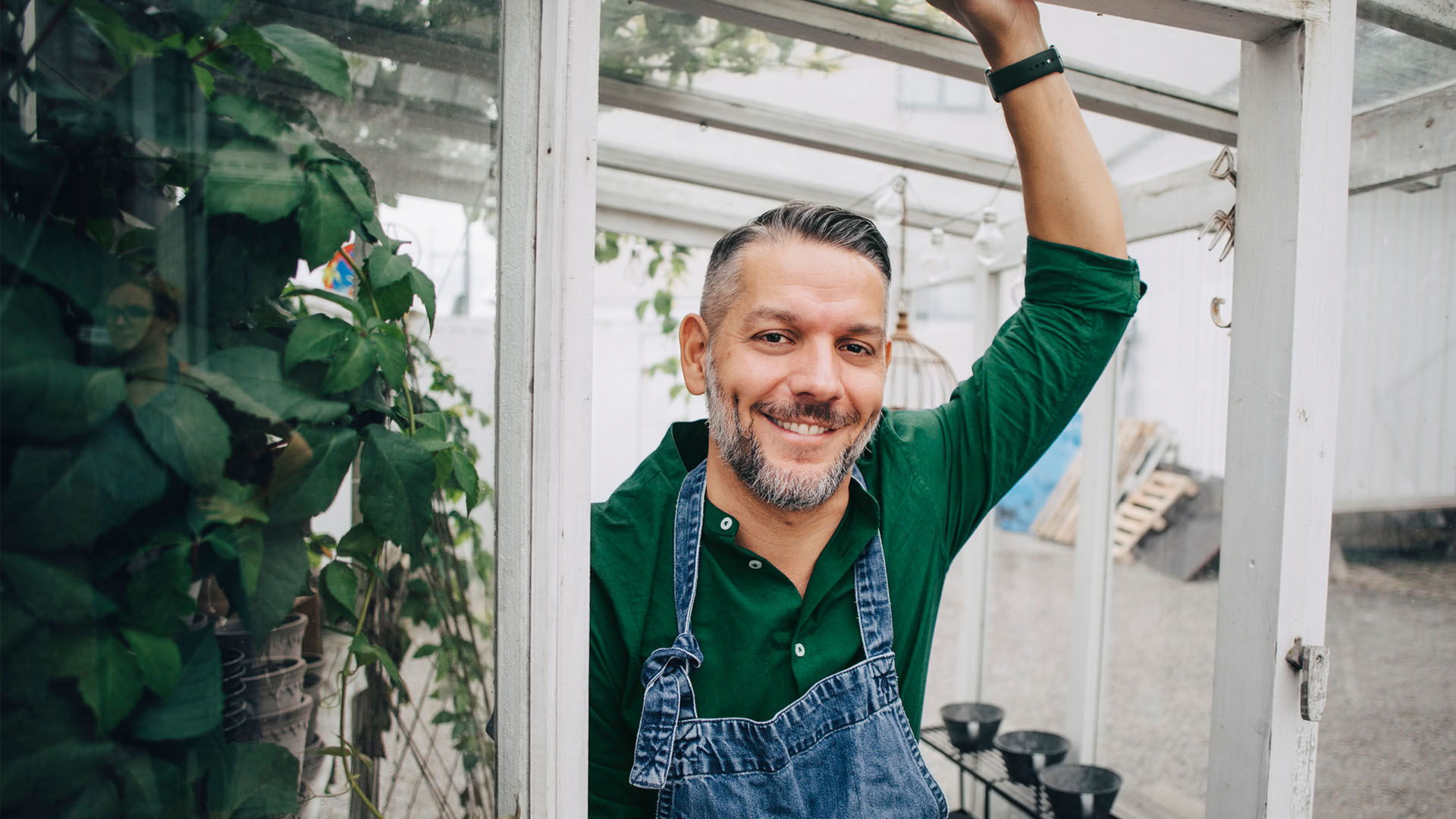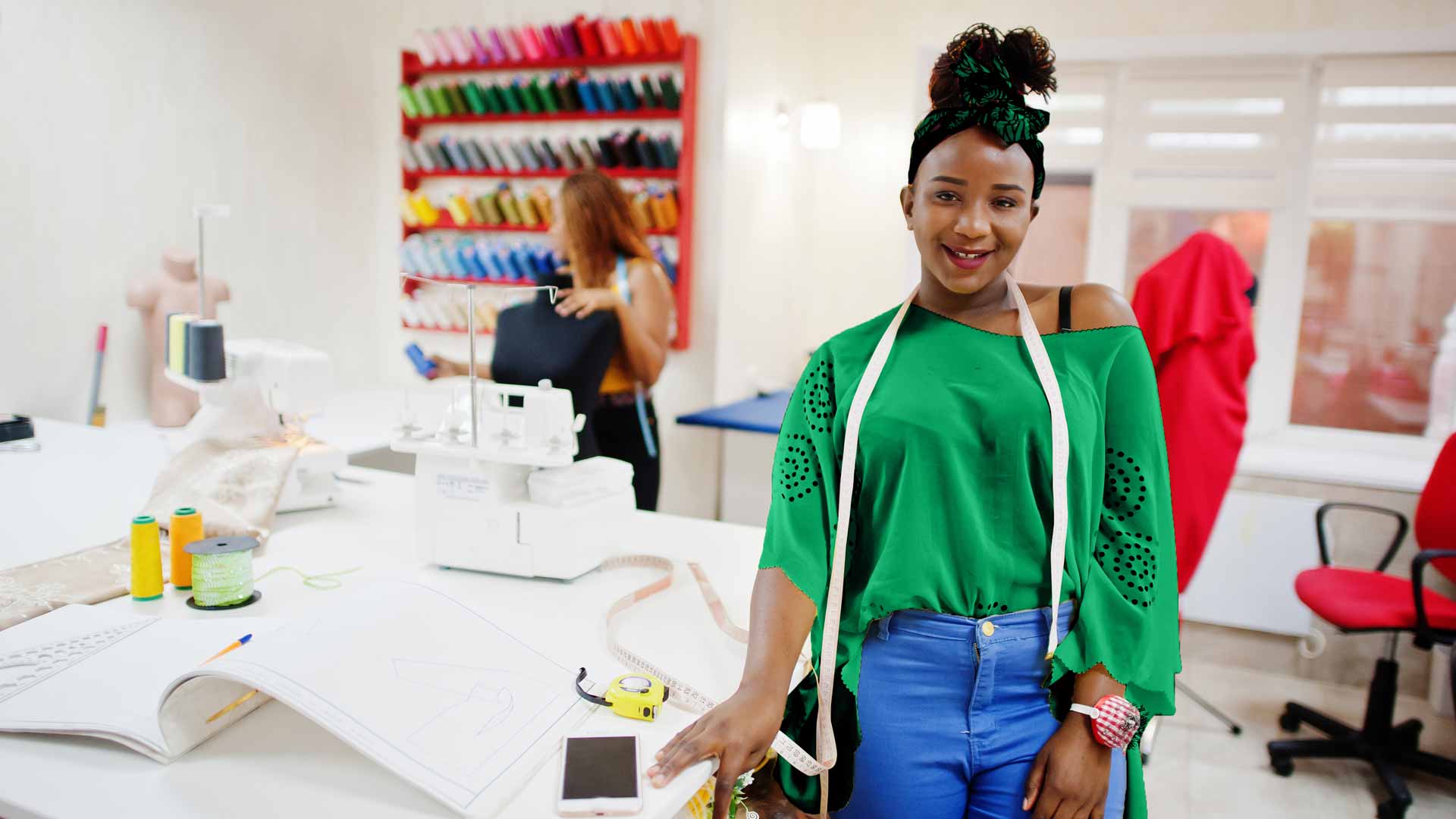If you’re in manufacturing, water is probably vital to at least 1 part of your operations. You might use it in your manufacturing processes, or to cool machinery, or clean equipment.
You need a reliable water supply to keep your business operations flowing smoothly, but the growing freshwater crisis makes it important to use water more efficiently than ever before. Unsustainable water sources and poorly managed water delivery infrastructure present an extreme challenge to the manufacturing sector and slow down business expansion and job creation. We need to come up with innovative strategies that cut water consumption, improve efficiency, and reduce waste.
How much water does manufacturing use in South Africa?
Agriculture is South Africa’s largest consumer of water, but manufacturing also uses a significant portion – in 2021, manufacturing accounted for about 5% of our total consumption. Sectors like food production, textiles, and metal processing rely heavily on water for cooling, maintenance, processing, and production – so we often underestimate the impact of water disruptions on business costs and the economy.
Domestic consumption accounts for about 15% of water use. So, when SA experiences major water disruptions, it endangers our food security, manufacturing sector, and household water availability alike. That’s why responsible water use is everyone’s responsibility, and why we need to invest in water-saving solutions. They’ll allow you to cut costs, improve efficiency, and reduce your reliance on scarce water supplies and poor infrastructure.
Smart manufacturer strategies for sustainable water use
Optimise your processes
Simple changes to your operations can drastically cut water use without sacrificing efficiency. The following changes could be helpful:
- Switch to dry processing techniques where possible, especially in food and textile industries. Dry machining, for example, uses advanced tools to reduce friction and heat without using cutting fluids. Dry cleaning in textile manufacturing uses solvents instead of water. Dry cooling and dry separation use air and electrostatic methods to cool equipment and sort materials without water.
- Install closed-loop cooling systems that recycle water instead of using fresh supplies. The water circulates within a closed loop, continuously moving through the system for cooling or heating processes. It is constantly reused, rather than being thrown away and replaced with fresh water.
- Upgrade to high-pressure, low-volume cleaning systems to cut water waste.
More sustainable water use has an initial cost, but the return on your investment will last for years
Recycle and reuse greywater
Greywater is wastewater that is used but still relatively clean – it can be treated and reused in your facility. To maximise your greywater use, try the following:
- Reuse treated water for cooling, rinsing, or washing.
- Install filtration and purification systems to get the most out of your water use.
- Treat effluent by cleaning wastewater to meet discharge standards or to reuse in production processes.
Upgrade to water-efficient equipment
Upgrading involves more costs upfront, but it will save you money in the long run. Modern water technology is more efficient, less wasteful and less damaging to the environment. Also consider the fact that government legislation could force you to retrofit any commercial property you own to use energy and water more sustainably – so investing in modern, water-saving technology will pay off over the long term.
Consider the following:
- Boilers and cooling towers that are water-efficient or use other coolants instead of water.
- Sustainable filtration systems to remove contaminants and allow you to reuse water.
- Smart monitoring systems that detect leaks and track real-time consumption.
Invest in sustainable water solutions
Putting the right infrastructure and practices in place for more sustainable water use has an initial cost, but the return on your investment will last for years. Consider investing in water-storage options like JoJo tanks – they'll help your business build water resilience and stay ahead of potential water restrictions and price hikes. Using water storage solutions also shows your customers and investors that you take sustainability seriously.
Start reducing your water footprint today. Our business asset financing options make it easier to invest in water-efficient technology, while Avo water solutions will get you on the right track. You can buy a voucher on Avo for a water site inspection, have a personalised water solution designed to suit your needs and budget, and get an extra 10% discount on selected system components if you’re a Greenbacks member.
By making smart water choices today, you’re not just protecting the environment – you’re protecting the future of your business.








